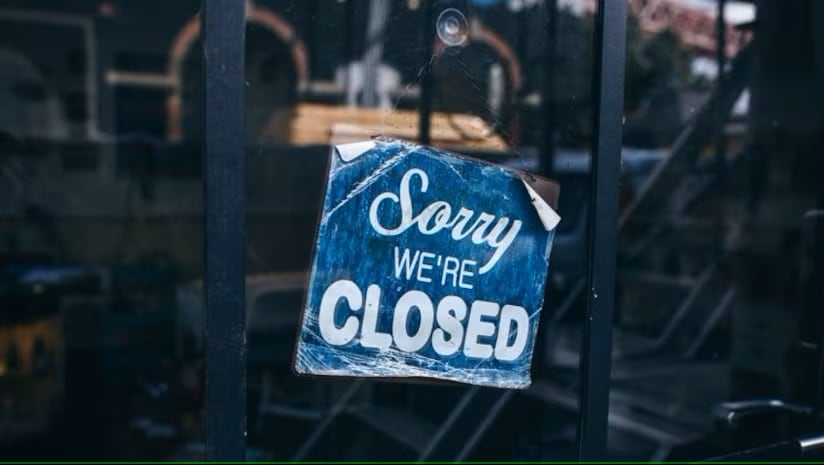The country had 99,296 licensed venues at September 2025, having recorded 572 net closures in 12 months - or 11 every week - marking a fall of 0.6%, according to the latest Hospitality Market Monitor from CGA by NIQ.
It means there are now 15,812 or 14.2% fewer premises than at March 2020 when the Covid pandemic hit, it says.
The data found that pubs and bars have been more resilient than restaurants over the past year. While the number of pubs and bars and other drink-led venues rose slightly by 0.1% in the 12 months to September, the number of restaurants and other food-led sites fell by 1.7%.
However, the latest quarter has brought reasons for cautious optimism about future prospects, according to the figures. In the three months to September, Britain’s number of licensed premises rose by 0.6% — the Hospitality Market Monitor’s first quarter-on-quarter increase for 12 months, and only the third since mid-2022.
The numbers come as hospitality begins the run-in to the crucial Christmas trading period and awaits the Chancellor’s November Budget.
The Hospitality Market Monitor highlights a tentative recovery of independently-run pubs, bars, restaurants and other licensed premises. After losing nearly a fifth of its sites in just five years, the independent sector grew by 0.9% in the third quarter—evidence that entrepreneurs continue to be attracted to hospitality despite its many challenges.
“High costs and fragile consumer confidence have created a very difficult trading environment for hospitality in 2025, and these numbers show the toll they have taken on venues. Against that backdrop, a modest rise in sites in the third quarter shows the sector’s impressive resilience,” says Karl Chessell, director - hospitality operators and food, EMEA at CGA by NIQ.
“Well-run businesses continue to expand and the confidence of independent venues is particularly encouraging. These businesses are working exceptionally hard to navigate multiple challenges, and as the Budget nears they will be hoping for respite on their disproportionately high costs.
“Government support can help to nurture these green shoots of recovery, but failure to act risks thousands more closures and job losses.”

